
employed to describe a topographically flat area of clay, silt or sand with an overlying crust of salt.
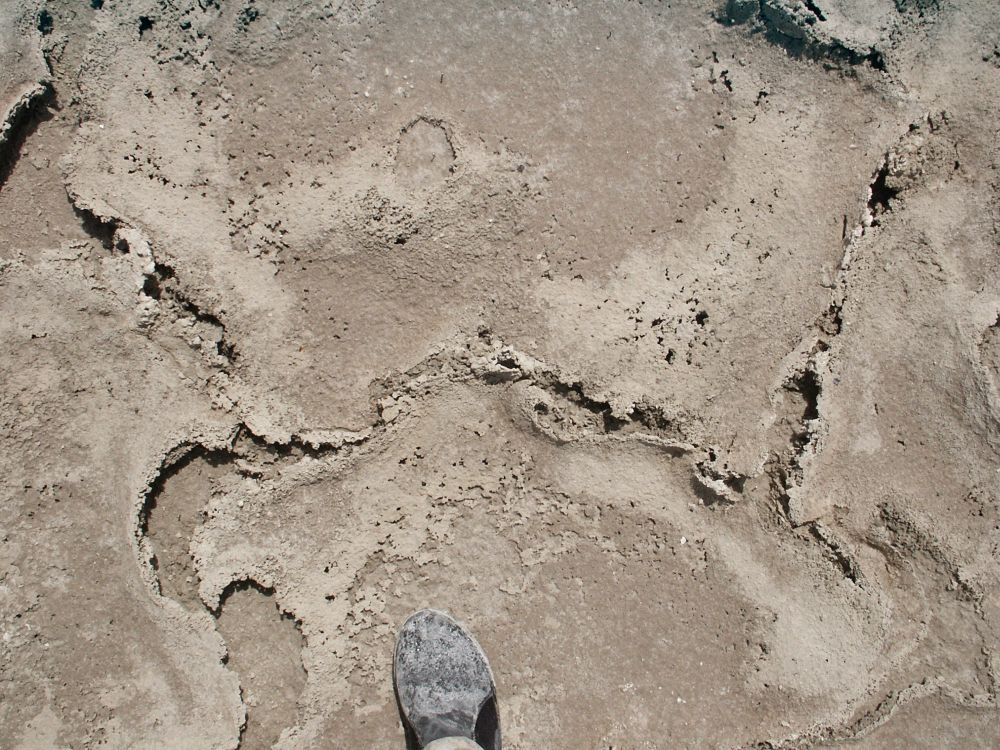
🥁
…. an intertidal creek in the Abu Dhabi Sabkha. These meandering channels are the focal points of flow during the later stages of ebb tides. Thus, transporting significant amounts of sediment seawards.
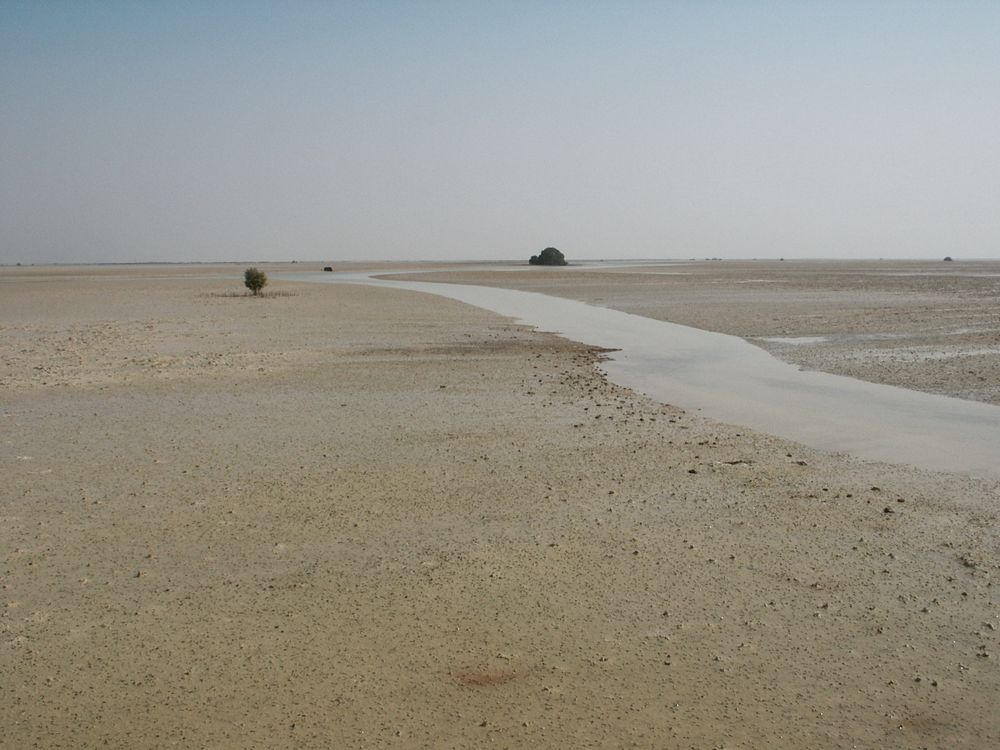
🥁
…. an intertidal creek in the Abu Dhabi Sabkha. These meandering channels are the focal points of flow during the later stages of ebb tides. Thus, transporting significant amounts of sediment seawards.
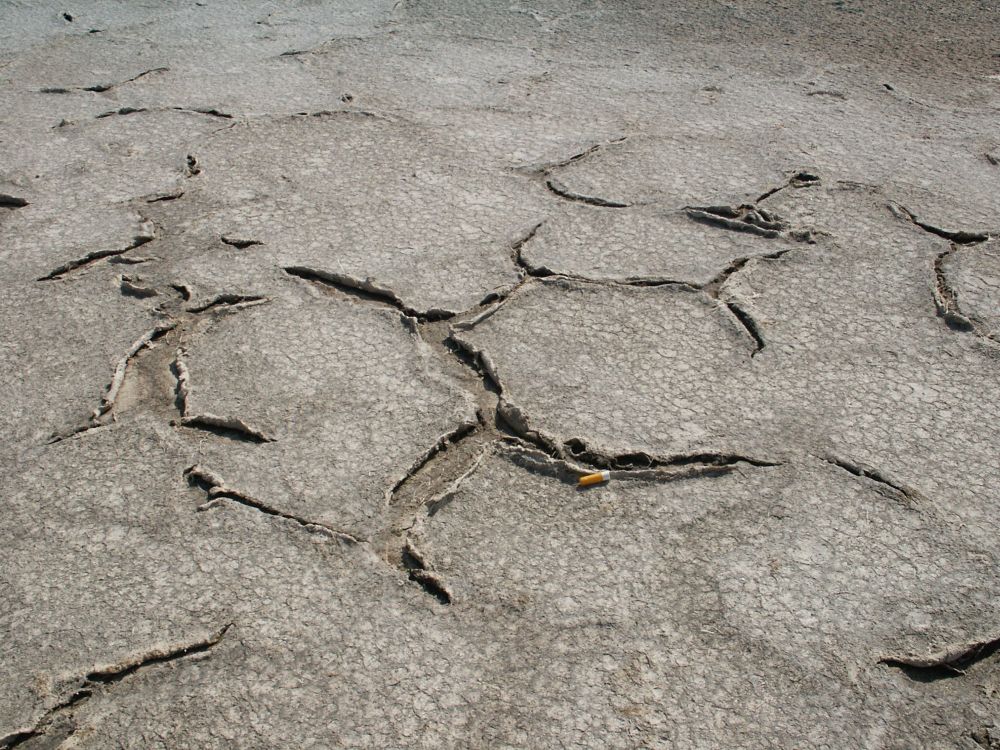
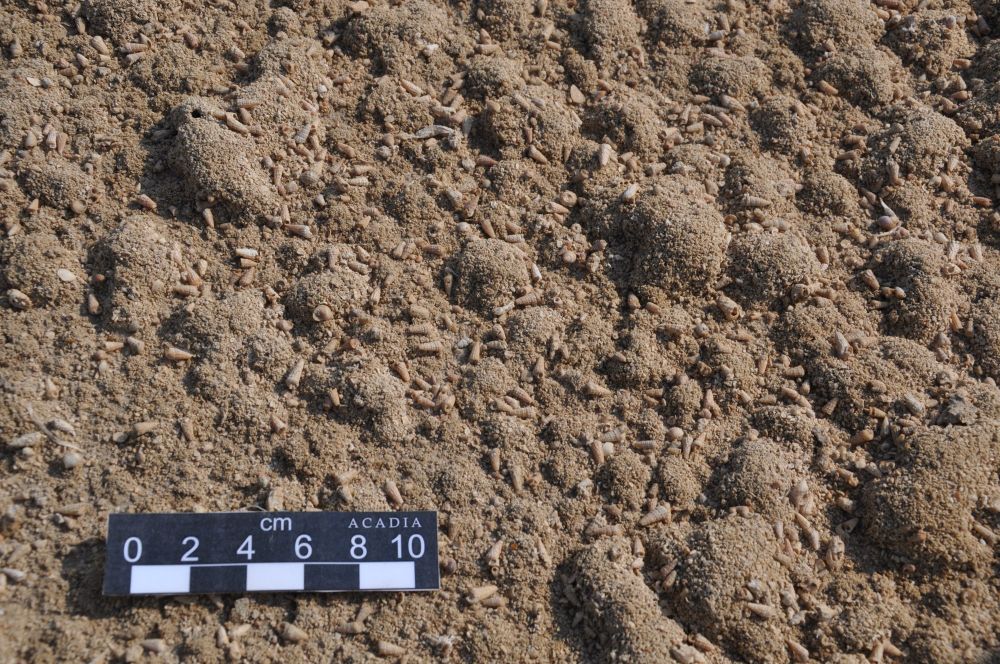
#SabkhaSaturday
⚒️🧪

#SabkhaSaturday
⚒️🧪
⚒️
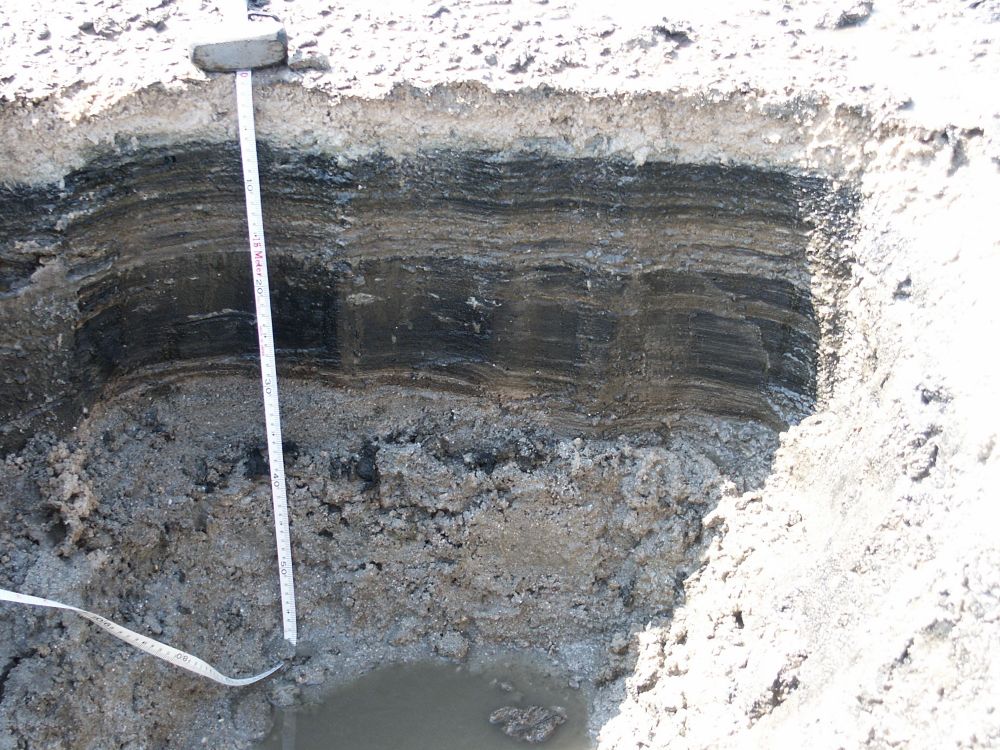
⚒️
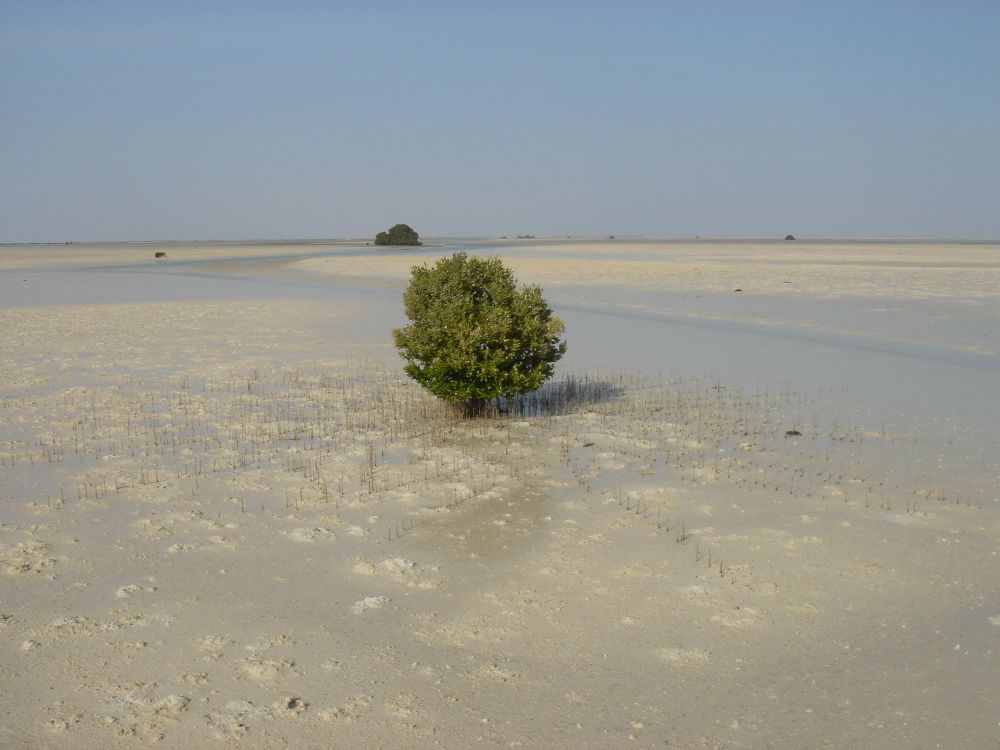
⚒️🧪

⚒️🧪
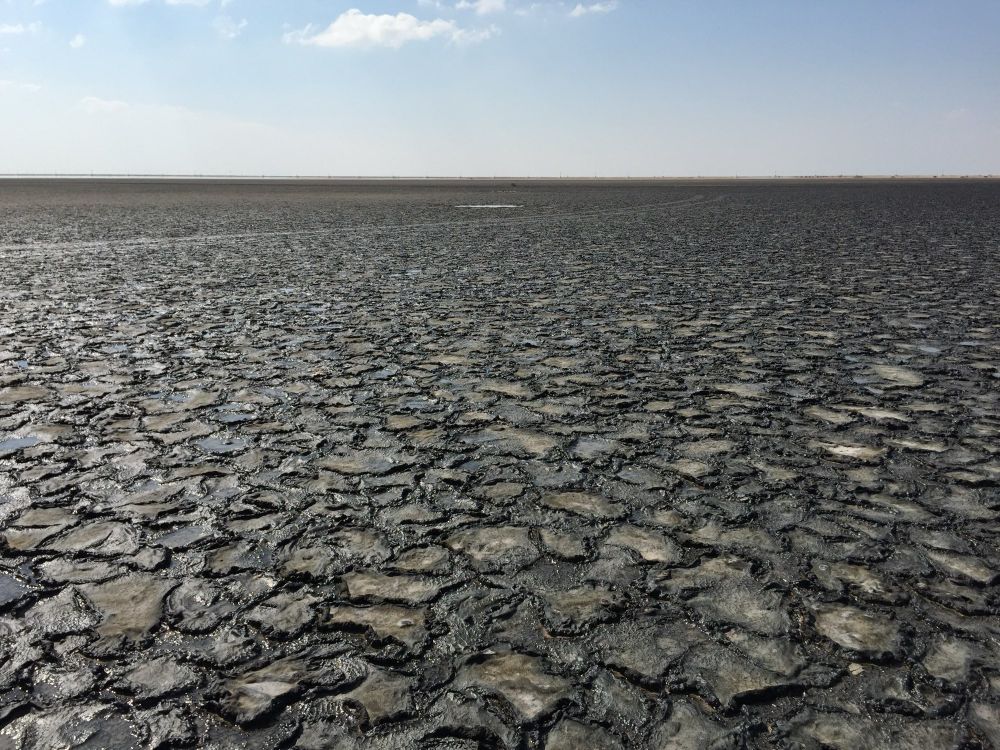
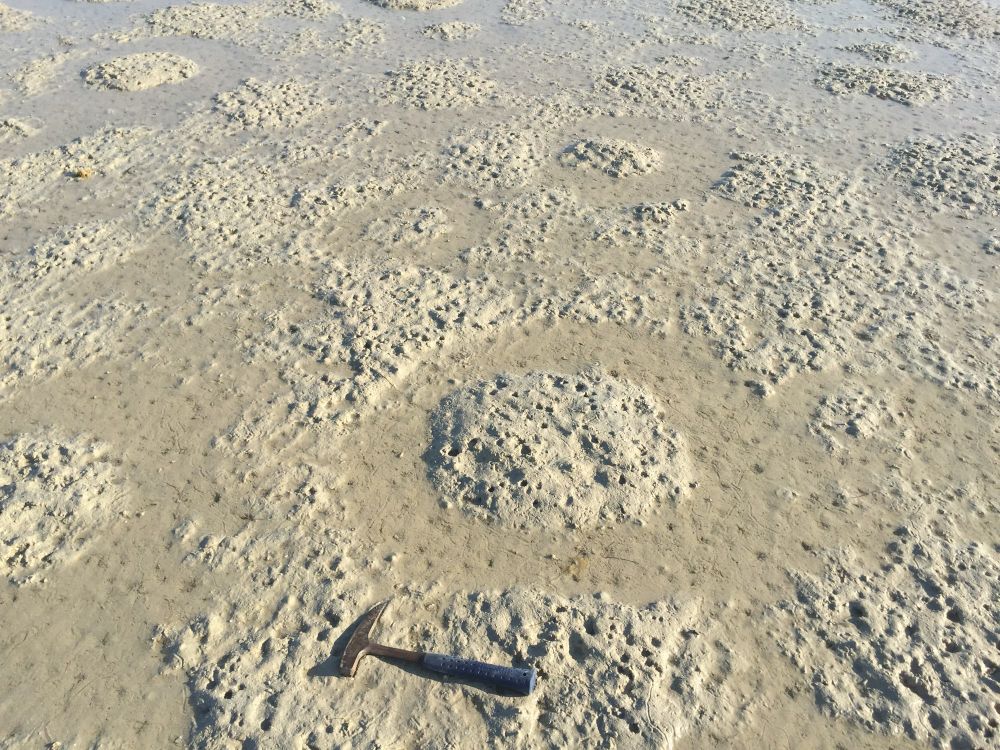
These features form through lateral displacement during halite precipitation.
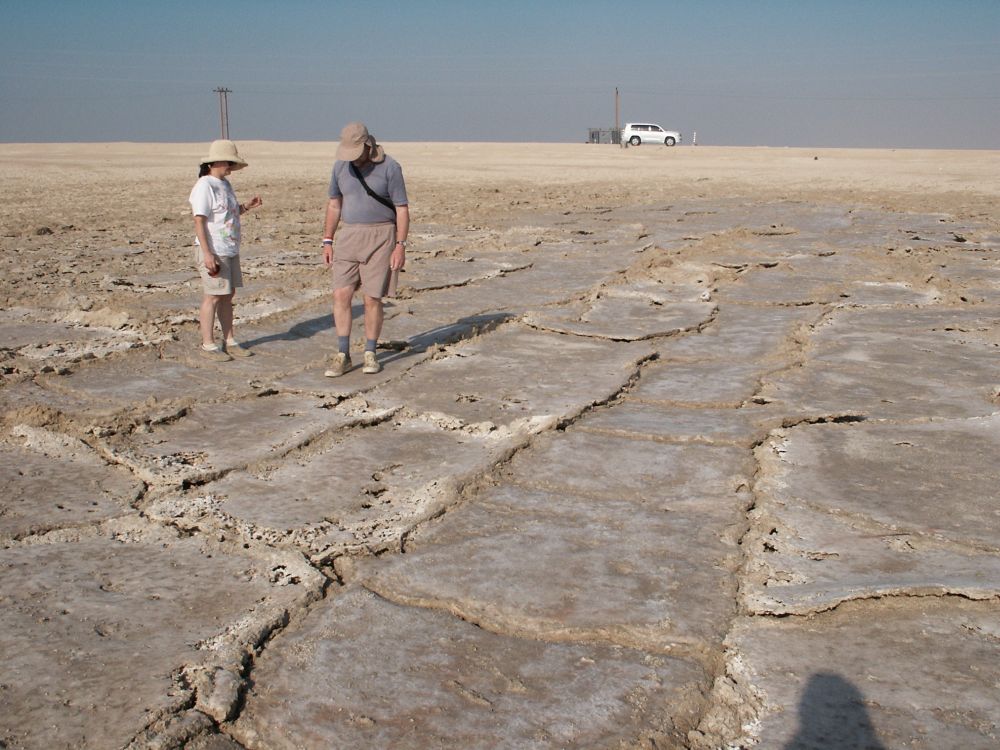
These features form through lateral displacement during halite precipitation.
#SabkhaSaturday
⚒️🧪
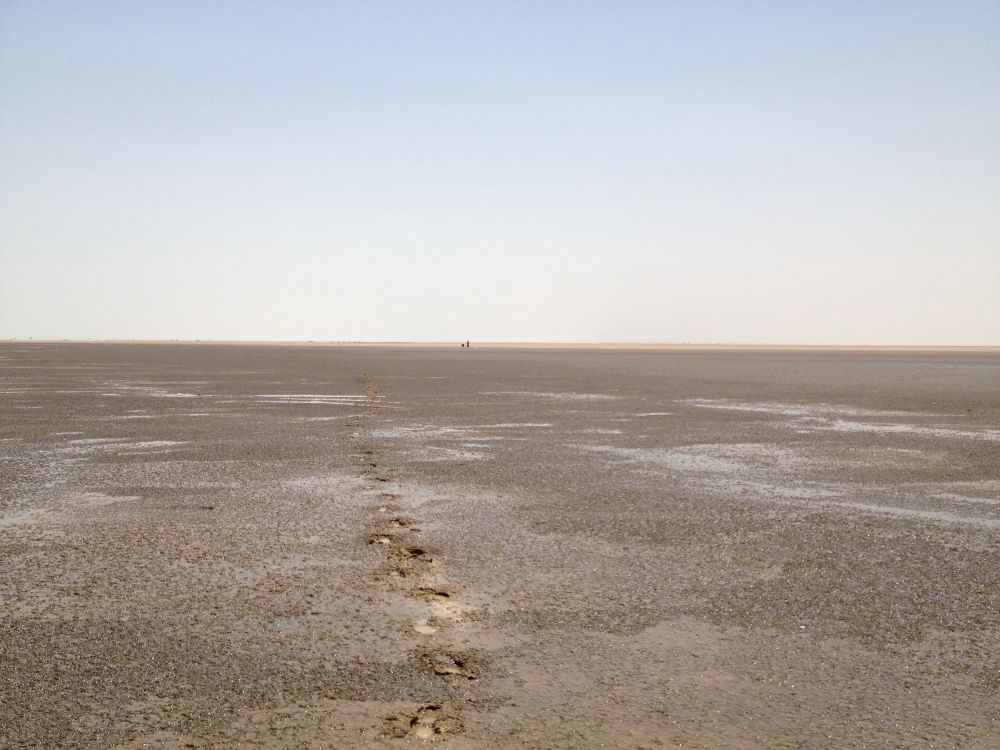
#SabkhaSaturday
⚒️🧪
Nope!
Our second #SabkhaSaturday sees us wading through the dominantly very-fine to fine grained #carbonate sediments of the intertidal zone in the Abu Dhabi #sabkha. These sediments are anoxic only a few cm below the surface yet are surprisingly heavily bioturbated (not just by us!). 🧪⚒️
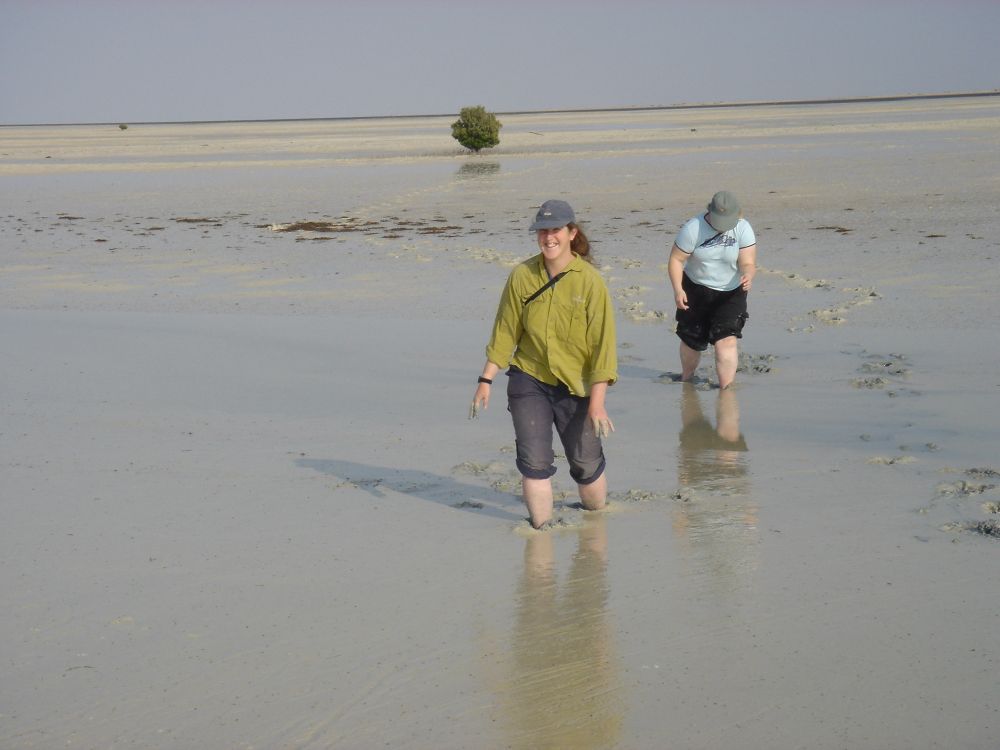
Nope!
Our second #SabkhaSaturday sees us wading through the dominantly very-fine to fine grained #carbonate sediments of the intertidal zone in the Abu Dhabi #sabkha. These sediments are anoxic only a few cm below the surface yet are surprisingly heavily bioturbated (not just by us!). 🧪⚒️
Explained here: dx.doi.org/10.1002/dep2...

Explained here: dx.doi.org/10.1002/dep2...

